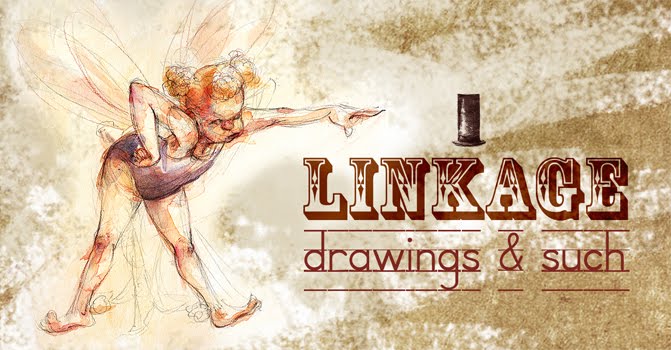

Key Elements to Establish on any page
1. The center of interest— the primary activity or emotion that needs to be conveyed.
2. The Environment with which the center of interest s occurring
3. Determine the vantage point or camera angle with which the reader is viewing the activity
4. Determine any secondary story elements or actions occurring on the page
What are some basic camera angles and basic design principle to use when setting up our page?
Western ( European and North American) storytelling and reading conventions read left to right and top to bottom in a "Z" pattern. This is a good place to start when determining where on the picture plane you may chose to place your center of interest....and the center of the page is NOT a good location. Why/ because it divides your your page in half and distracts your viewer from knowing the proper direction of how to flow through your image. The entire dynamic of the feeling is lost. Remember, our job is not to repeat or regurgitate the text. Dropping your center of interest in the center of the page is akin to telling a very bland documentary.
Camera Angles and their emotional impacts
1. Eye level view - or directly in front of you at the horizon level creates a sense of normalcy, provides general information
2. Birdsye level - or looking down at an angle over a broad area removes viewer from the action providing an uninvolved and detached feeling.
3. Ground level - or moving your eye level or horizon to the ground and looking directly in front of you provides a feeling of direct impact and involvement. Actions are felt
4. Worms Eye level - or looking up at a more extreme angle provides an intimate interaction with a larger than life feeling. Almost as if you're riding in the hip pocket of a giant.
Also note that tilting or changing the angle of the picture plane within the frame can provide a certain sense of awkwardness and can be useful to alluding to other emotions in the story.
Also think about pulling into the center of interest and pulling out from the center of interest. The proximity to the action greatly determines how intense the impact of the illustration will be...
I've posted the first 16 pages of the book I'm working on, "The Cobbler (Where Love Is, God Is)". This first portion is the back story explaining Martin ( the Cobbler) and his grief of losing his first 2 children and wife and finally his last son who he was raising himself. We then fast forward several years later at which point Martin is bitter and closed off when a pilgrim stops in on his way to visit a monestary needing a shoe repair. Their conversation leads toward Martin scoffing at the pilgrim's search for God, at which point the pilgrim entreats Martin to read the bible for himself...This enrages Martin and he declares that if he were ever to see God face to face he would denounce him as a villain and a devil...
Later that night Martin hears his name called saying..."Look out your window, for tomorrow you shall see me..." Martin is shaken, not sure if it was a dream or reality...
Try analyzing some of these principles in the pages I've posted...

No comments:
Post a Comment